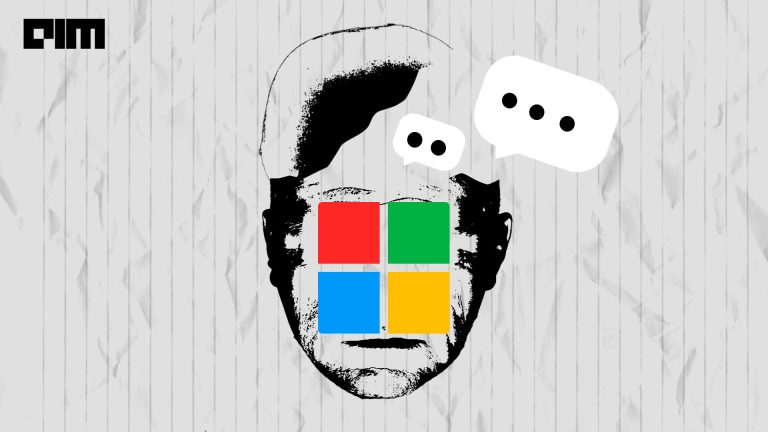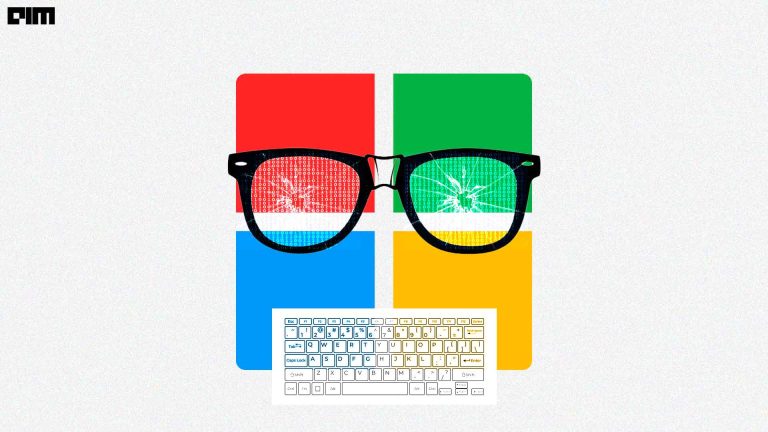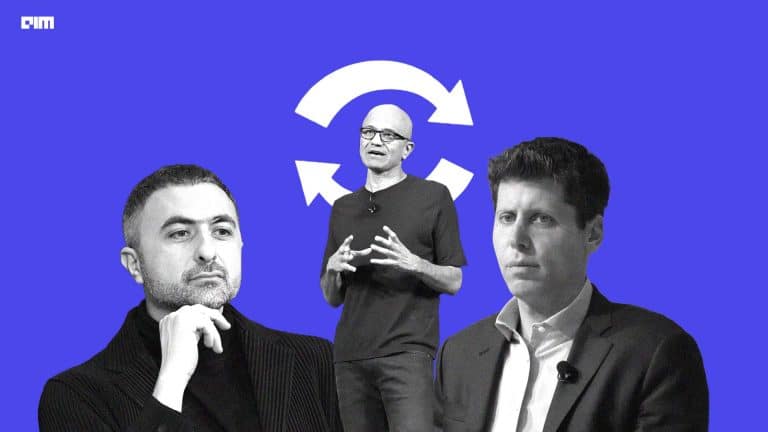|
Listen to this story
|
Big tech corporations like Microsoft, Meta, and Google had a forgetful past few quarters consisting of thousands of layoffs and termination of many product and service vertices—one example of which is Microsoft’s much-publicised industrial metaverse project. All this while they are simultaneously holding on to the profit potential that large language models (LLMs) such as AI chatbots are providing. It appears as if the focus is to be ahead of the curve, in the now, no matter where the curve is going. An idea like metaverse seems to be years away to deserve any of their attention, mainly due to one problem—the hardware.
Merely two weeks ago, AIM published an article suggesting that Microsoft’s decision to lay off its VR and MR teams—while simultaneously promoting its AR/MR headset Hololens for digital twin applications at numerous events—indicates that the company is heavily investing in metaverse enterprise use cases.
And, in recent news, Microsoft made the unexpected decision to shut down even its industrial metaverse team, leading to the layoff of nearly 100 employees. This news came as a shock, highlighting how the growing success of AI—with models like ChatGPT and Dall-E—is eating into the space of metaverse. One person familiar with the matter said that the company wants to prioritise shorter-term projects over those needing longer to generate meaningful revenue.
Microsoft is not the only one. Meta, who had famously been leading the ‘metaverse for the future’ revolution, is also taking reserved steps forward. In fact, in the recent earnings call, Meta CEO Mark Zuckerberg said, “AI is an extremely exciting new area with so many different applications, and one of my goals for Meta is to build on our research to become a leader in generative AI in addition to our leading work in recommendation AI.”
Among the ones affected by the layoff, Sophie Stellmach shared that despite the growing lack of faith in metaverse among the big tech corporations, she is fairly optimistic and certain that her path will cross with Microsoft again. Perhaps a resurgence of ‘Hololens’ and the work done behind it is not completely off the table. Stellmach believes that it will take time to get it right with the mixed reality interaction field.
Web3 can wait for now
Microsoft’s mixed reality projects are said to offer enormous potential for organisations. A Forrester study conducted in November 2021, which tracked the economic impact of mixed reality using Microsoft’s Hololens 2, reveals the resurgence of Hololens is imminent. The results include a three-year RoI (return on investment) of 177% for organisations, increasing training efficiency by 60%, and reduced rework by 75%.
But, the real question is: If everything indicates that ‘mixed reality’ will be the next generation of everyday-use technology, with hardware companies such Apple—although having postponed their release of AR glasses—still being sincere about its AR plans, then what is stopping these other companies from pursuing them?
The brouhaha over the advanced capabilities of AI chatbots such as ChatGPT have made Microsoft sing hymns of greatness about generative AI, and away from mixed reality focus. Add to this, the macroeconomic conditions and dwindling profits and you see them disposing what was once perhaps quite dear to them.
Microsoft—and to some extent Amazon, Meta and others—has reached a point of saturation and is constantly searching for new avenues that bring money to the table. As a result, their vision, goals, and direction are subject to routine change, swayed by the changing winds of the current moment. It can be fairly argued that the race for AI arms is one such tidal wave which is sailing the big tech’s boat. The previous one was Cloud.
Conversely, companies like NVIDIA have still been persistent in the enterprise metaverse market. The digital twin solutions powered on the Omniverse platform are already in use by the likes of Mercedes-Benz and BMW. Additionally, the company has also partnered with Siemens, and most recently with Quest Global, for building end-to-end metaverse applications. Chip giant Qualcomm also launched a $100M Metaverse fund, investing in Extended Reality (XR) technologies.
In a recent Reddit AMA, Bill Gates, the co-founder of Microsoft, also stated that, “AI is the big one. I don’t think Web3 was that big or that metaverse stuff alone was revolutionary but AI is quite revolutionary.”
Hardware problem
Metaverse is a hardware problem to be solved. By examining these recent developments, we can observe two distinct trends: one is among software companies such as Microsoft and Meta who, after investing heavily in the project and acquiring several related companies, seem to be losing confidence in the concept and have shifted their focus to acquiring metaverse gaming companies. Microsoft recently announced the acquisition of the gaming company Activision Blizzard for $68.7 billion to develop its own metaverse. Similarly, Meta also recently announced the acquisition of three new VR game developers for Oculus Studios.
Another trend is that hardware companies, such as Apple and NVIDIA, are actively working on the end-to-end scope that AR/MR can provide to consumers and enterprises alike, instead of going the gaming route.
A suitable hardware for accessing the virtual worlds will be crucial to the development of the metaverse. Therefore, without appropriate IC chips and GPUs/CPUs, it is not possible to run the necessary 3D technologies on AR/VR glasses. Thus, even if the software is well-designed, the lack of advanced hardware technologies will prevent users from fully experiencing the potential of the Metaverse.
Speaking about the challenges of creating hardware for the metaverse, Intel’s VP Raja Koduri suggested that the amount of computing power required to create and render avatars, collect data from virtual movements, and provide audio information in real-time is estimated to be 1,000 times greater than what is currently available in the market.



















































































